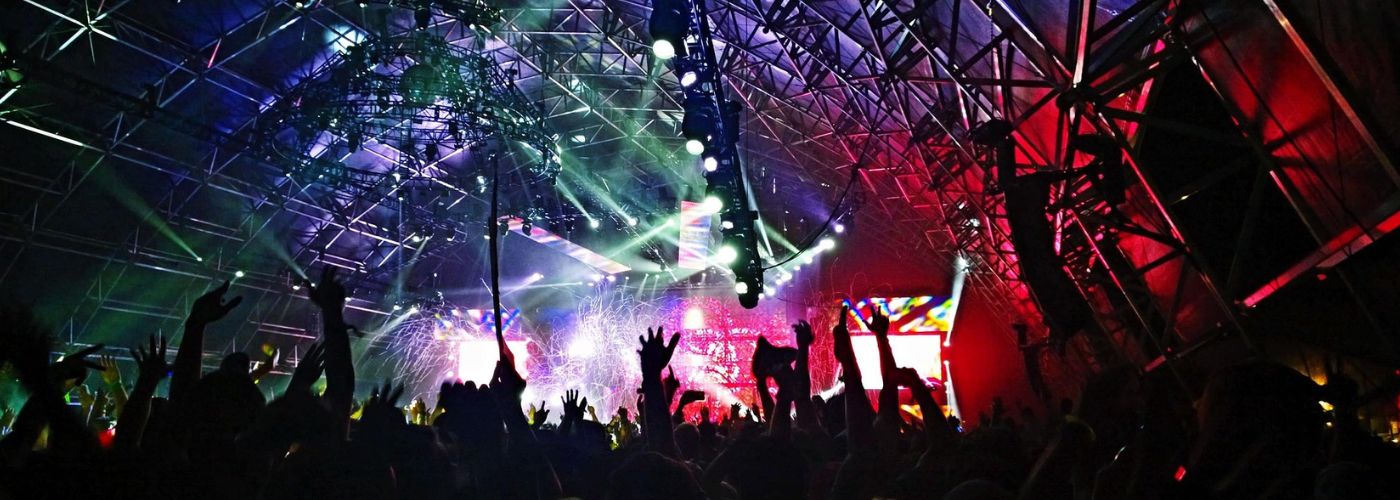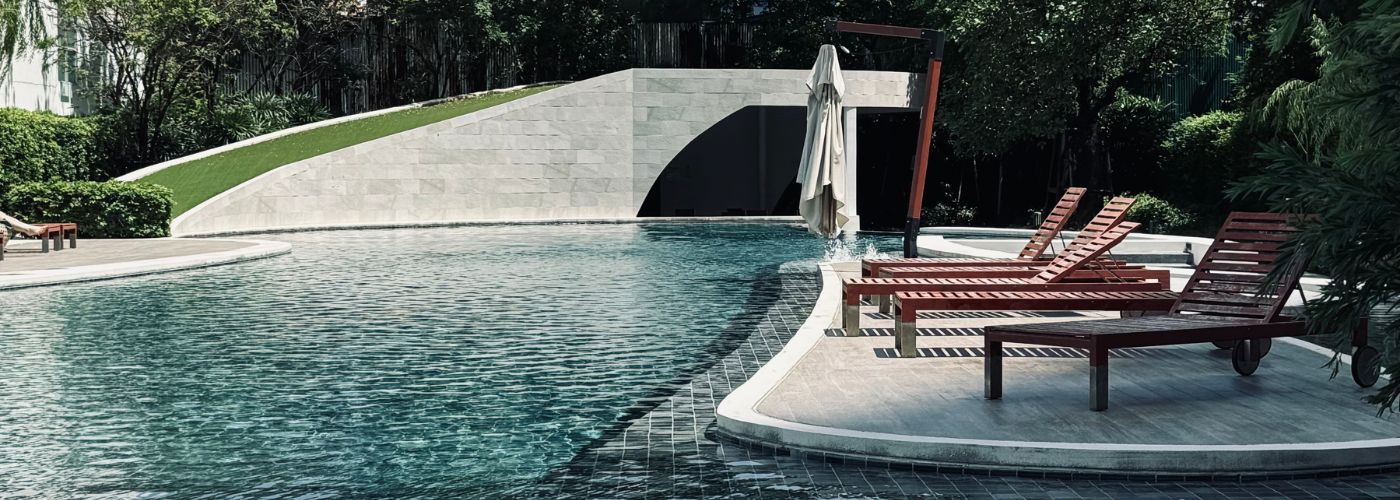Running has turned into my version of moving meditation. There’s something about hitting the pavement, finding a steady rhythm with my breath, and letting my mind drift that just clears my head. It’s where I sort through ideas, shake off the day, and reconnect with myself. Honestly? I think everyone should give it a go even without a goal of running a marathon. Come on, I don’t have that as a goal, it’s more about physical and mental health.
Why everyone should try it?
You don’t have to be an athlete or chase personal bests. Running is one of the few activities that challenges your body, clears your mind, and costs almost nothing. During the pandemic years, when everything felt uncertain and stuck at home, running became my escape. Those early morning or late evening runs gave me a sense of routine and control in a world that suddenly had very little. It’s liberating to push your limits while being fully present in the moment: just you, your breath, and the road ahead. Over time, that habit grew into something much more than exercise; it became a mental reset, a way to process my thoughts, and a small but steady reminder that I could move forward even when everything else felt paused. Once you start, it’s hard not to appreciate the simplicity and freedom running offers.
Hungary’s obesity paradox: PE every day, inactive later
Despite having mandatory physical education classes every day in high-school, Hungary struggles with one of the highest obesity rates in the European Union. Don’t get me wrong, I hated running in high school, but as we grow older, sitting through long hours at office jobs, moving your body becomes almost a must.
It’s a strange paradox: on paper, children are guaranteed daily movement at school, yet in practice, this doesn’t seem to translate into an active lifestyle later in life. Many Hungarian adults lead sedentary routines, relying on cars or public transport, spending long hours at desks, and rarely engaging in recreational sports.
The problem isn’t just the quantity of exercise in school, it’s the quality and culture around movement. PE classes often focus on structured, one-size-fits-all activities rather than fostering a love for lifelong fitness. Without encouragement to enjoy physical activity outside of school, many people miss the opportunity to make exercise a natural part of their daily lives. As a result, even with a system designed to promote fitness, the population remains surprisingly inactive and faces mounting health consequences.
All you need: a pair of good running shoes
Forget expensive gear, fancy gadgets, or gym memberships. Running strips everything down to the basics: just your body, your legs, and a pair of shoes that actually support your stride and maybe a couple of airpods to listen to your running playlists. The road, the trail, the park, these are your playgrounds, and they’re all free.
When I first started, I thought I needed the “perfect” setup: the latest running watch, high-tech socks, or flashy gear. But the truth is, none of that matters. What matters is showing up, putting one foot in front of the other, and finding your rhythm. The simplicity of running is part of its charm, it’s liberating to realize that all you need is movement, and everything else is optional. Once you embrace that, running becomes less of a chore and more of a ritual. You start noticing the little things, like the sound of your shoes on the pavement, the rhythm of your breath, the changing light of the day. It’s a reminder that you don’t need much to get a huge return on your time, energy, and mental clarity.
Why running clubs are bollocks
Running clubs? Please. Most of the people there aren’t chasing personal growth, they’re chasing attention. A lot of guys show up hoping to pick up girls, while others just like to parade around pretending they’re serious runners. And don’t even get me started on people who constantly complain about “keeping up with the pace.” Newsflash: you don’t have to align with anyone else’s ego or schedule.
If you want to actually get better, the truth is simple: run alone. Trust yourself. Discover your own limits. Push yourself past them without anyone else telling you how fast or slow to go. You become your own coach, your own cheerleader, and your own competitor. At the end of the day, the only thing that matters is your performance, not how much applause you get from the herd. That pride? You earn it yourself. Clubs won’t give it to you, they’re mostly just social media fodder anyway.
From 4km to 15km: how to build distance
When I first started running, 4 kilometers felt like an uphill battle. I remember gasping for air, questioning why I even bothered, and secretly thinking long-distance running wasn’t for me. Fast forward a few years, and 15 kilometers is just part of my morning routine, something I do without thinking, almost meditative.
The key is consistency, not heroics. Start small, respect your current limits, and gradually increase your distance. Add a kilometer or two each week, mix in a slightly longer weekend run, and don’t ignore how your body feels. Celebrate small victories, like finishing an extra kilometer or shaving a few seconds off your pace. Over time, those small steps compound into distances you never thought possible. What makes this process worth it isn’t just the mileage, it’s the confidence and discipline that come with it. When you push past the point where you used to quit, you realize your body is capable of so much more than you thought. And that, honestly, is addictive.
The real reward: clarity, peace, and connection
Running isn’t about medals, clubs, or perfection. It’s about movement, reflection, and connecting with yourself. On the pavement, with your thoughts as your only companion, you find a clarity and peace that’s hard to replicate anywhere else. For me, those early morning or late evening runs are less about calories burned and more about mental reset—a rare space to think, breathe, and just be. Science backs this up. Studies show that aerobic exercise like running increases the production of endorphins, which are natural mood lifters. It also boosts levels of brain-derived neurotrophic factor (BDNF), which supports memory, learning, and overall brain health. In short, running doesn’t just strengthen your body, it literally sharpens your mind.
Beyond the biochemistry, running creates a sense of mindfulness. The repetitive rhythm of your steps and the focus on breathing induce a meditative state similar to traditional mindfulness practices. Psychologists even call it a “flow state,” where time seems to slow, worries fade, and your mind becomes clearer.
And perhaps the most underrated benefit? Connection. Running connects you with your own limits and capabilities. You learn patience, persistence, and resilience. You notice the world around you, the changing light, the textures under your feet, the subtle rhythms of your city or trail. That connection to yourself, to your environment, and the simple act of moving is why running is more than exercise. It’s a practice, a ritual, and for me, the best thing you can do for both your body and mind.
At the very end, here’s my favourite running playlist, good luck:






